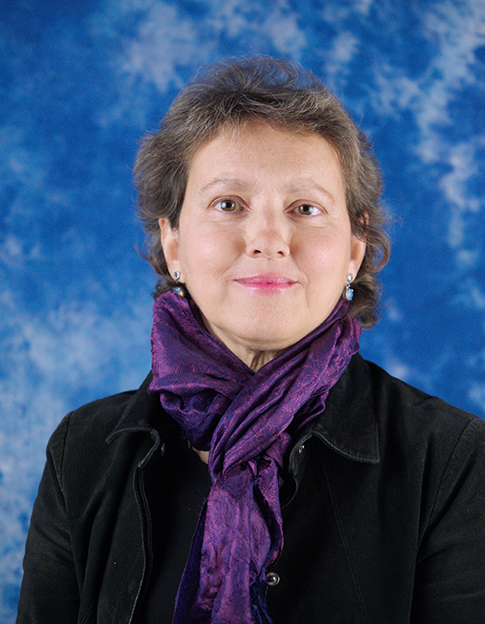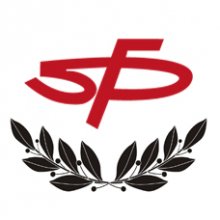A LAPP researcher receives the Joliot-Curie prize
The Joliot-Curie prize, awarded by the French physics society (SFP), rewards a work in nuclear or particle physics. Irene Joliot Curie was a french chemist, physicist and politician. She received the Nobel Prize of chemistry in 1935 for the discovery of the artificial radioactivity.
Sylvie-Rosier Lees, joint director of LAPP had leading roles in both particle and astroparticle physics with exceptional contributions in both domains. Most of her studies mainly focus on the understanding of dark matter. Indeed, only about 20% of matter in the Universe is of known origin, such as stars, planets and interstellar gaz, while the remaining 80% is of unknown origin. The preferred hypothesis is that it is composed of massive particles which weakly interact with ordinary matter and have not yet been detected.

In the 80’s and 90’s, within the L3 experiment at LEP, an electron-positron collider at CERN, Sylvie stood out with her studies on the neurtalino, a particle predicted by the Supersymmetry theory and which could be the dark matter particle. Her studies at LEP are internationally recognized and she became a world expert on this subject. In 2002, her work was rewarded by the Thibaud prize of the Academy of science, literature and arts of Lyon.
Since 1996, she moved to the astroparticle physics as she joined the AMS experiment, which would be installed on the ISS in 2011. She initiated the AMS group at LAPP. The AMS experiment measures the fluxes of charged cosmic ray particles such as electrons, positrons, protons, antiprotons…. Sylvie looked for dark matter signatures, studying positrons and electrons fluxes. Dark matter particles could indeed annihilate creating electron-positron pairs or gamma rays which would add up to the flux of cosmic ray particles created by ordinary matter. The analysis of electron and positron fluxes can therefore reveal its presence. Her studies have been decisive for the measurement of electron and positron fluxes as well as on the fraction of positrons. These had a strong impact and lead to many studies and publications.
Sylvie Rosier-Lees also studied the anti-protons spectrum which seemed to indicate the presence of dark matter. She initiated a collaboration with theoreticians (from LAPTh) which led to the refinement of the models. The measurement is now compatible with theoretical predictions, excluding a dark matter signal. This major result was praised worldwide.
In 2005 and during the years waiting for the AMS experiment to be launched on the ISS Sylvie joined the HESS experiment. The HESS telescopes in Namibia detect gamma cosmic rays. Sylvie went on with her studies on dark matter, looking for exotic excess in the high energy gamma ray spectrum. Sylvie has also been involved in the detector conception. She coordinated the construction of the camera’s control system on the fifth HESS telescope, the world largest gamma ray telescope. More recently she explored the possibility of using new photo-detection technologies for the HESS cameras and she coordinates studies in micro-electronics for the readout of these photo-detectors.
The award ceremony will take place on 26th of January 2018 at the Laboratoire d’Annecy de Physique des Particules.
One month before the International Day of Women and Girls in Science, it is a great pride for LAPP to see such a prestigious prize awarded to Sylvie. This award complete the 2017 CNRS medals awarded to Frédérique Marion and Nadine Neyroud Gigleux, who are respectively researcher and engineer at LAPP.
Further information:
- Joliot-Curie prize of SFP: https://www.sfpnet.fr/prix/prix-joliot-curie
- 2017 CNRS medals at LAPP: https://lapp.in2p3.fr/spip.php?article2259


